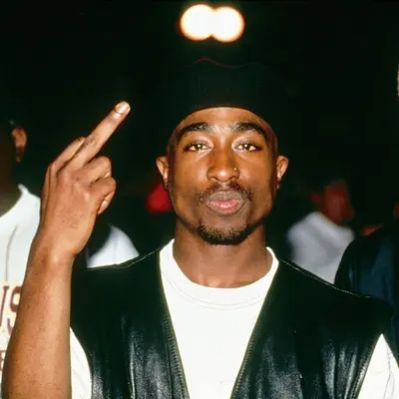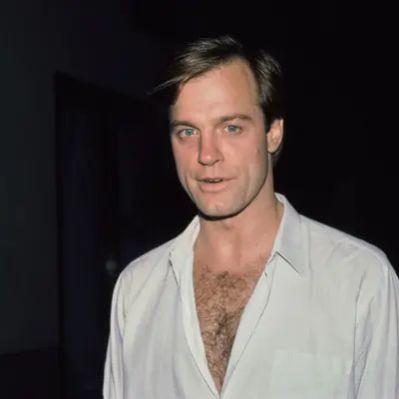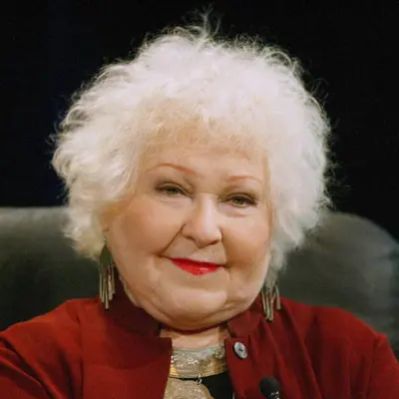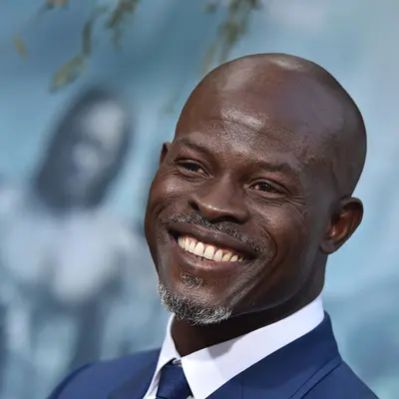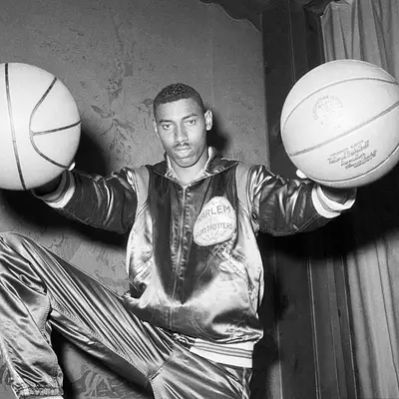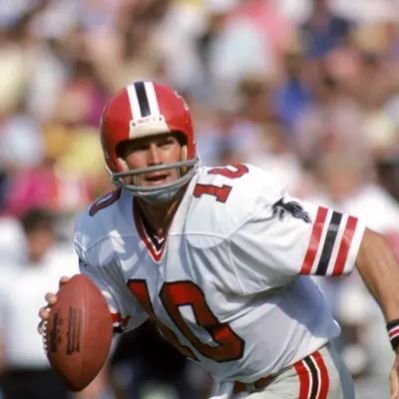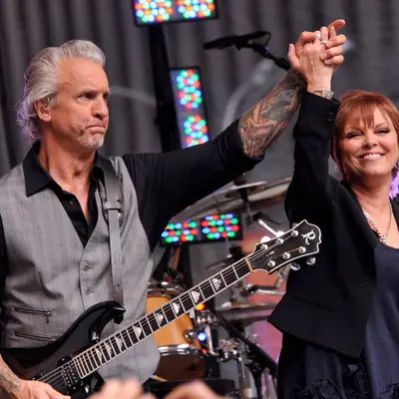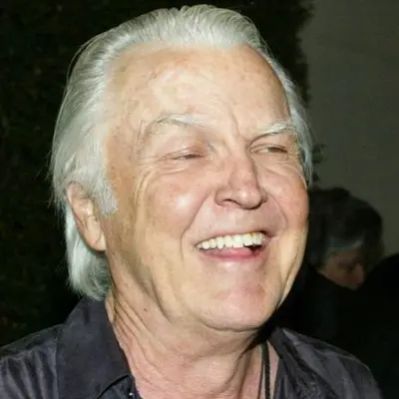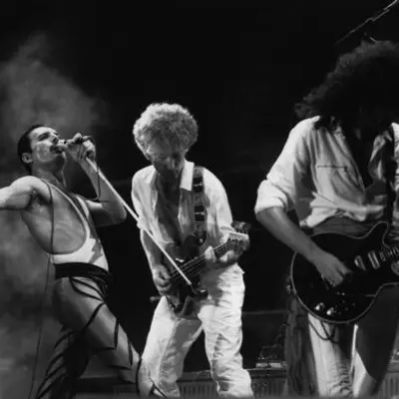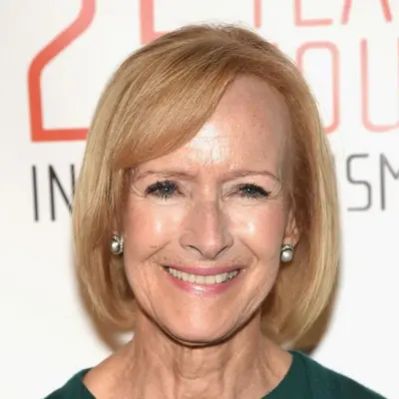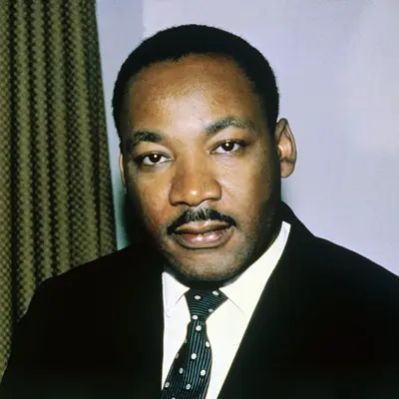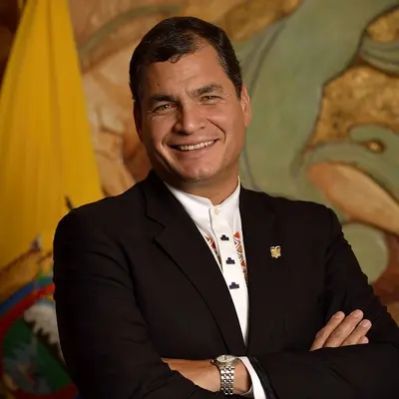What Is Tupac Amaru Shakur Net Worth?
At the time of his death on September 13, 1996, Tupac Shakur, also known as 2Pac, had a net worth estimated at $200,000. Despite his immense success in the music industry, Tupac’s financial situation was complex, with significant debts and limited tangible assets. He achieved phenomenal sales in 1996 alone, reportedly selling $60 million worth of albums.
Financial Status at the Time of Death
Despite his success, Tupac’s estate had very little in terms of assets. According to forensic lawyers who investigated his finances shortly after his death, Tupac did not own any real estate or stocks, nor did he have any retirement accounts. The Woodland Hills mansion he resided in was not his property. His primary assets included a life insurance policy (amount unspecified but described as a “five-figure” policy), which went to his half-sister, two cars, and a checking account containing $105,000. However, these assets were quickly consumed by court fees and taxes.
The only asset of significant value that Afeni Shakur, Tupac’s mother, received directly after his death was a Mercedes Benz SL 500. These details highlight a stark contrast between Tupac’s commercial success and his personal wealth accumulation.
Legal Battles and Estate Management After Tupac’s Death
Technically, Tupac was approximately $4.9 million in debt to Death Row Records when he passed away. This debt stemmed from advances and loans provided to him during his time with the label. Because Tupac died without a will, his mother, Afeni Shakur, took control of his estate and initiated legal actions against Death Row Records, alleging that the label withheld royalties and failed to deliver promised advances under his contract. Death Row Records refuted these claims, asserting that Tupac’s financial difficulties were due to his extravagant spending habits.
Death Row Records presented financial records indicating that they had loaned Tupac millions of dollars in the year preceding his death to support his lifestyle. These loans included sums for purchasing cars and renting homes for himself and family members, with one notable expense being a $300,000 bill at a Los Angeles hotel. Additionally, the label provided a monthly payment of $16,000 to support his mother. Death Row Records also advanced $2 million to cover album and video costs related to “Makaveli: The Don Killuminati.”
Interscope Records, the distributor for Death Row Records, played a crucial role in resolving the financial disputes following Tupac’s death. When Afeni Shakur threatened to prevent the release of “The Don Killuminati: The 7 Day Theory” until financial issues were addressed, Interscope Records immediately paid $3 million to Tupac’s estate. Furthermore, Interscope agreed to pay an additional $2 million within a year and increased his royalty rate from 12% to 18%. Interscope also forgave half of the $4.9 million debt claimed by Death Row Records. Jimmy Iovine was a key figure in facilitating this resolution during a critical period.
In the decades following Tupac’s death, his estate generated significant revenue through posthumous album releases, merchandise sales, and image licensing. While specific figures for these revenues are not detailed, they underscore the enduring commercial appeal of his music and brand.
Early Life and Education
Tupac Shakur was born Lesane Parish Crooks on June 16, 1971, in New York City. His parents, Afeni and Billy Garland, were active members of the Black Panther Party. His family was deeply involved in the movement, with several members facing criminal convictions and imprisonment. Tupac had an older stepbrother, Mopreme Shakur, and a younger half-sister, Sekyiwa Shakur.
In 1984, his family moved to Baltimore, Maryland. There, Tupac attended Roland Park Middle School and later Paul Laurence Dunbar High School. He then transferred to the Baltimore School for the Arts in the tenth grade, where he studied acting, jazz, ballet, and poetry, and participated in numerous plays. In 1988, Tupac moved to Marin City, California, and attended Tamalpais High School in Mill Valley. Though he didn’t graduate, he later obtained a GED.
Career Beginnings
Tupac started recording under the name MC New York in 1989. He began working with Leila Steinberg, his manager, who helped him secure a role with the hip-hop group Digital Underground. He debuted with the group under the name 2Pac on the 1991 single “Same Song.”
Solo Albums: Success and Impact
Tupac released his debut solo studio album, “2Pacalypse Now,” in late 1991. It featured singles such as “Brenda’s Got a Baby,” “If My Homie Calls,” and “Trapped.” This album established Tupac as a critical voice addressing issues such as racism, police brutality, and poverty. “2Pacalypse Now” solidified Tupac’s place in the hip-hop landscape. While specific sales numbers for the initial release are unavailable, its impact was significant in setting the stage for his subsequent success.
His second studio album, “Strictly 4 My N.I.G.G.A.Z…,” was released in early 1993. It included hit singles like “Keep Ya Head Up” and “I Get Around.” This album showcased Tupac’s ability to blend social commentary with commercially viable tracks, further enhancing his popularity. This album reached platinum status, selling over one million copies.
Tupac’s third studio album, “Me Against the World,” was released in early 1995 while he was incarcerated. Widely regarded as his masterpiece, it debuted at number one on the Billboard 200. The album featured singles such as “Dear Mama,” “So Many Tears,” and “Temptations.” “Me Against the World” is often cited as one of the most influential rap albums of all time, selling over three million copies and achieving triple platinum status.
In 1996, Tupac released “All Eyez on Me,” which also reached number one on the Billboard 200. The album included hit singles like “How Do U Want It” and “California Love.” “All Eyez on Me” was the last album released during his lifetime and is one of the best-selling hip-hop albums of all time, achieving diamond status with over ten million copies sold.
Several albums were released posthumously, including “The Don Killuminati: The 7 Day Theory,” “Still I Rise,” and “Pac’s Life.” While specific sales figures for each posthumous release vary, they collectively contributed to the continued growth of Tupac’s estate and his lasting impact on the music industry.
Thug Life
In late 1993, Tupac formed the hip hop group Thug Life, which included Big Syke, Macadoshis, the Rated R, and Tupac’s stepbrother, Mopreme Shakur. The group released one album, “Thug Life: Volume 1,” in 1994. This album, though not as commercially successful as Tupac’s solo work, added another layer to his multifaceted career.
Film Career
Tupac also had a career in film. His first starring role was in the 1992 crime thriller “Juice.” In 1993, he starred opposite Janet Jackson in the romantic drama “Poetic Justice.” In 1994, he appeared in the sports drama “Above the Rim.” Three films starring Tupac were released posthumously from 1996 to 1997: “Bullet,” “Gridlock’d,” and “Gang Related.” While specific salary details for each of these films are not available, these roles contributed to his overall income and visibility as an artist.
Legal Troubles and Controversies
Tupac’s career was marked by frequent run-ins with the law, including charges related to sexual assault and violence. In late 1993, he and two others were charged with raping a woman in New York, and he was also charged with illegal possession of a firearm. He was acquitted on some charges but convicted of first-degree sexual abuse, resulting in a prison sentence. Additionally, in October 1993, Tupac was arrested in Atlanta for shooting two off-duty police officers, an incident some reported as self-defense. He also served jail time for assaulting one of the directors of the film “Menace II Society.” These legal issues had financial implications, as they required significant legal fees and, at times, impacted his ability to work.
Relationships
Tupac had several high-profile friendships, including Jada Pinkett, Mickey Rourke, Madonna, and Jasmine Guy. While in prison in 1995, Tupac married Keisha Morris; however, their marriage was annulled after ten months. These personal relationships were often scrutinized by the media and added to the public perception of his complex life.
Shootings and Death
Tupac was first shot in late 1994 when he and others were robbed and beaten at Quad Studios in Times Square. He suspected the shooting was a setup, allegedly involving music manager James Rosemond and rival East Coast rappers Sean Combs and the Notorious B.I.G. On September 7, 1996, while in a convoy in Las Vegas, a Cadillac sedan pulled up to his car at a stop light, and an occupant opened fire. Tupac was hit four times and taken to the University Medical Center of Southern Nevada, where he was placed on life support. He died six days later. The identity of the shooter remains a mystery, with theories ranging from Crips gang member Orlando Anderson to his hip-hop rival, the Notorious B.I.G., who was murdered in a drive-by shooting in early 1997. Tupac Shakur’s death at the age of 25 marked the end of an era in hip-hop and continues to be a subject of much speculation and debate.
Legacy
Tupac is widely regarded as one of the greatest and most influential rappers of all time. His lyrics often addressed social and political issues, resonating with a broad audience and solidifying his place as a cultural icon. In 2002, he was inducted into the Hip-Hop Hall of Fame, and in 2017, he was inducted into the Rock and Roll Hall of Fame. Tupac has also been the subject of films, including the Academy Award-nominated documentary “Tupac: Resurrection” and the biopic “All Eyez on Me,” starring Demetrius Shipp Jr. Tupac Amaru Shakur Net Worth’ Net Worth, though modest at the time of his death, doesn’t reflect the significant commercial success and cultural impact he achieved during his short career.
 Net Worth Ranker
Net Worth Ranker
